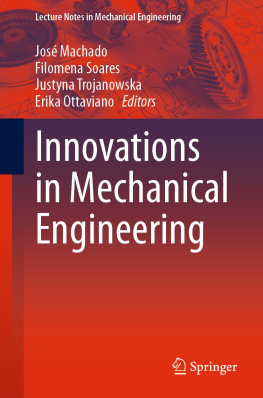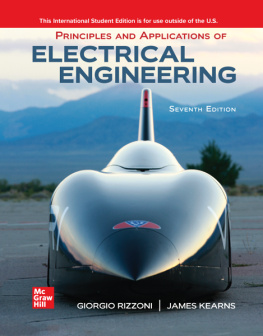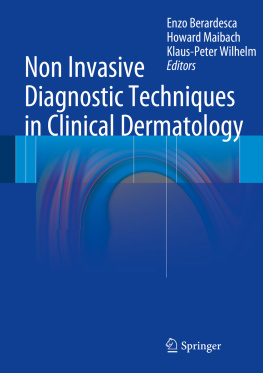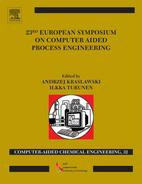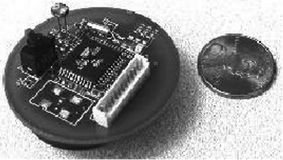Introduction
In the last two decades, automated structural health monitoring (SHM) systems were developed and widely implemented in the most technically developed countries of the world. The SHM means the continuous and autonomous monitoring of damage, loading, the environmental parameters, and interaction of structural elements with the environment by means of permanently attached or embedded sensor systems ensuring the integrity of the structure [].
Operation of the structural health monitoring systems involves the installation of different types of sensors on the structures to determine the effects of physical (humidity and ambient temperature) and power (static, cyclic, impact, and other types of loads) actions on their strength and durability [].
The ultimate goal of these developments is the creation of an artificial intelligence system, which is supposed not only to be able to detect defects and malfunctions, but also to respond adequately to defects presence and to provide appropriate recommendations to the service personnel [].
The development of the health monitoring system is divided into several stages corresponding to the system generations. These stages are close to the stages that are considered by leading aviation firms like Airbus and Boeing up to the numbering of stages and minor details [].
At the first stage (zero and first generation), the SHM systems are used at the structures testing, their maintenance, and restoration. These trials also serve to test different sensors and monitoring systems in terms of their applicability to real structures. The zero-generation SHM systems are widely used in ground tests of the aircraft in our days. As an example, the SHM has been used at the certification testing on the Airbus A380 [].
The next stage of the SHM systems development (the second generation) is characterized by the use of sensors, information from which is read after the flight or during maintenance. While ensuring an adequate level of sensors reliability, it is planned to pass to sensors operating in real time, i.e., recording and transmitting information during the flight.
The full integration of the SHM systems with onboard A/C computing and control system means the transition to the third and final generation. It is expected that the SHM system will be used to develop new approaches to the aircraft design that will ensure weight reduction of metal and composite structures by 15% [].
The general condition for obtaining and processing the diagnostic information about the presence of damage in structures is the use of built-in and external sensors, nondestructive testing (NDT) devices, systems for storage, and processing of information, algorithms, and programs for decision-making. As noted in paper []. It should be pointed out that the important part of the SHM system creation is to develop the standards, defining rules, procedures of use, and decision-making about receiving information from them.
A Brief Overview of Sensors Used
The sensors development is moving in the direction of the technologies through which it is possible to detect various types of practically important damages such as cracks, corrosion, the breach of adhesion, laminations, impact damages, etc. in metal and composite materials. The main requirements are as follows: small size and weight, ease of installation or adaptability, durability, and reliability. Currently, these requirements are satisfied by a number of sensors, which are based on different physical methods []:
Acoustic emission (AE): Passive transducers listen to matrix cracking, lamination, and fiber breakage;
Acousto-Ultrasonics (AU): A grid of piezoelectric sensors sends and receives ultrasonic pulses and analyzes changes in impulses patterns to identify and describe the damage;
Comparative vacuum monitoring (CVM): The smallest air flow can be detected by leakage failure between atmospheric pressure and vacuum because of the crack in the matrix;
Comparative vacuum monitoring through the thickness (CVM-TT): Using the drilled holes with a diameter of <1 mm, it is possible to reveal a breach of adhesion and lamination using the principle of similar systems in CVM;
Crack wire sensors (CW): The break due to the occurrence of cracks or other damage serves as an alarm;
Electromagnetic interference sensors (EMI): The system applies the built-in piezoelectric sensors and signal level analyzer. Increasing the level of signal relative to baseline values due to grease contamination or moisture indicates the presence of stratification;
Eddy testing foil sensors (ETFS): Sensors generate a field of eddy currents in conducting materials which are violated by the cracks and corrosion damage;
Fiber Bragg grating (FBG) : The most used method of FBG is its use for measurement of temperature, strain, and vibration;
Imaging ultrasonics (IU): Miniature, integrated network of sensors generate a signal through the material of the structural member. Changes in the reflected signal indicate the discontinuity or damage;
Strain gages (SG) : Using traditional strain gages to determine the strain.
Also, the new types of sensors are developed, in particular:



